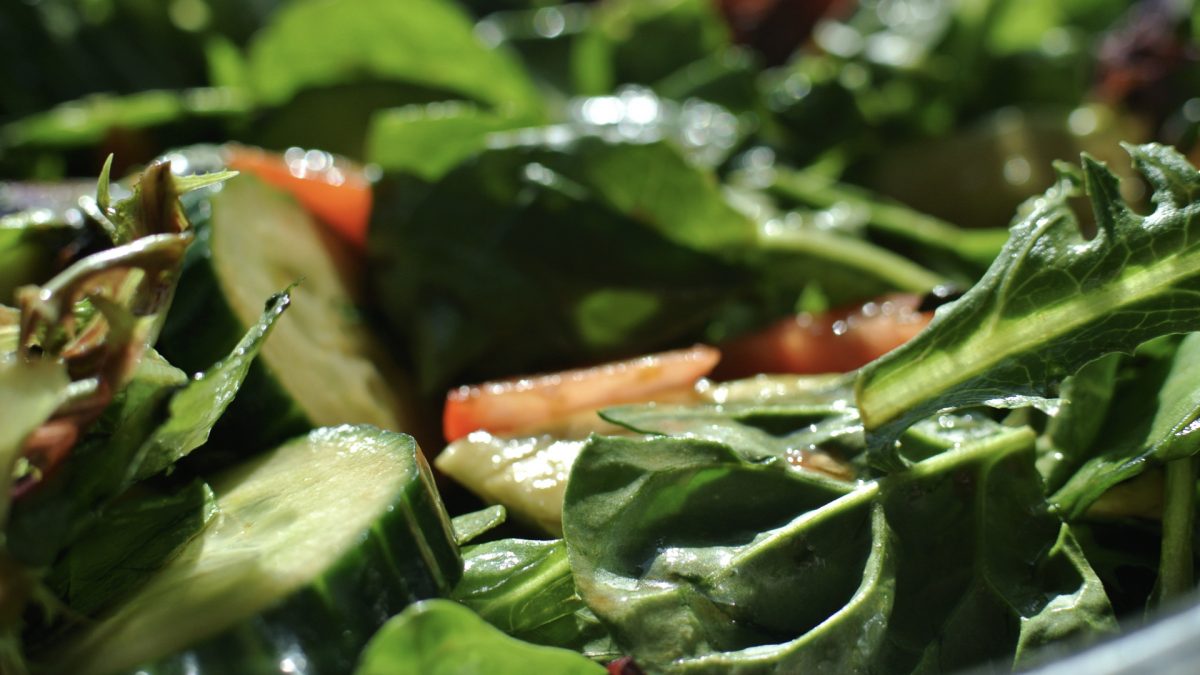One of the most recognized consequences of aging is a decline in immune function, illustrated by vulnerability to dying from the flu and poor response to vaccinations. But, about 20 years ago, a paper was published showing that the immune cells of 80-year-olds produced significantly more pro-inflammatory signals. As I discuss in my video, How to Counter the Inflammation of Aging, this suggests the worst of both worlds—a decline in the part of the immune system that fights specific infections and an aggravation of nonspecific overreactions that can lead to inflammation. This has since been formalized in a concept referred to as a chronic low-grade inflammation that we now know is typical of aging, which may be responsible for the decline and onset of disease in the elderly.
So, what can we do about it? Inflamm-aging appears to be a major consequence of growing old. Can it be prevented or cured? “The key to successful aging and longevity is to decrease chronic inflammation without compromising an acute response when exposed to pathogens.” How do we do that? Nutrition. What we eat is “probably the most powerful and pliable tool that we have to attain a chronic and systemic modulation of aging process…”
In the first systematic review ever published of the associations between dietary patterns and biomarkers of inflammation, the dietary patterns associated with inflammation were almost all meat-based or so-called Western diet patterns. In contrast, vegetable- and fruit-based, or “healthy,” patterns tended to be inversely associated with inflammation. In general, the more plant-based, the less inflammation.
The reason meat is associated with inflammation may be because of both the animal protein and the animal fat. In the first interventional study that separately evaluated the effects of vegetable and animal protein on inflammatory status, researchers found that “a higher intake of animal origin protein—specifically meat—is associated with higher plasma levels of inflammatory markers in obese adults…”
The reason obesity is associated with increased risk of many cancers may be because of obesity-associated inflammation. Obesity-driven inflammation may stimulate prostaglandin-mediated estrogen biosynthesis in breast tissues. What does that mean? The inflammation may activate the enzyme that allows breast tumors to make their own estrogen via an inflammatory compound called prostaglandin. If you measure the level of prostaglandins in women’s urine, it correlates with breast cancer risk. And what can cause high levels of this inflammatory compound? Smoking, a high-saturated fat diet, and obesity. Why does eating saturated fat lead to prostaglandin production? Because prostaglandins are made from arachidonic acid, and arachidonic acid is a major ingredient in animal fats. To put it another way, animal fats contain arachidonic acid, and our body produces inflammatory compounds, like prostaglandins, with arachidonic acid. Inflammatory compounds can then go on to stimulate breast cancer growth and may also play a role in colon cancer, lung cancer, and head and neck cancer.
In contrast, whole plant foods have anti-inflammatory effects, though some plants are better than others. Folks made to eat five-a-day of high-antioxidant fruits and vegetables, like berries and greens, had a significantly better impact on reducing systemic inflammation and liver dysfunction compared those eating five-a-day of the more common low-antioxidant fruits and veggies, like bananas and lettuce.
You can learn more about arachidonic acid in Chicken, Eggs, and Inflammation and Plant-Based Diets for Improved Mood and Productivity.
More on battling inflammation in:
- Garden Variety Anti-Inflammation
- Anti-Inflammatory Antioxidants
- Boosting Immunity While Fighting Inflammation
- Which Spices Fight Inflammation?
- The Effects of Avocados and Red Wine on Meal-Induced Inflammation
- Anti-Inflammatory Effects of Purple Potatoes
And more on healthy aging in:
- Methionine Restriction as a Life Extension Strategy
- Increased Lifespan from Beans
- Why Do We Age?
- Caloric Restriction vs. Animal Protein Restriction
- Turning Back the Clock 14 Years
- Longer Life Within Walking Distance
- Does Meditation Affect Cellular Aging?
- Telomeres: Cap It All Off with Diet
- The Okinawa Diet: Living to 100
In health,
Michael Greger, M.D.
PS: If you haven’t yet, you can subscribe to my free videos here and watch my live, year-in-review presentations:
- 2012: Uprooting the Leading Causes of Death
- 2013: More Than an Apple a Day
- 2014: From Table to Able: Combating Disabling Diseases with Food
- 2015: Food as Medicine: Preventing and Treating the Most Dreaded Diseases with Diet
- 2016: How Not To Die: The Role of Diet in Preventing, Arresting, and Reversing Our Top 15 Killers
